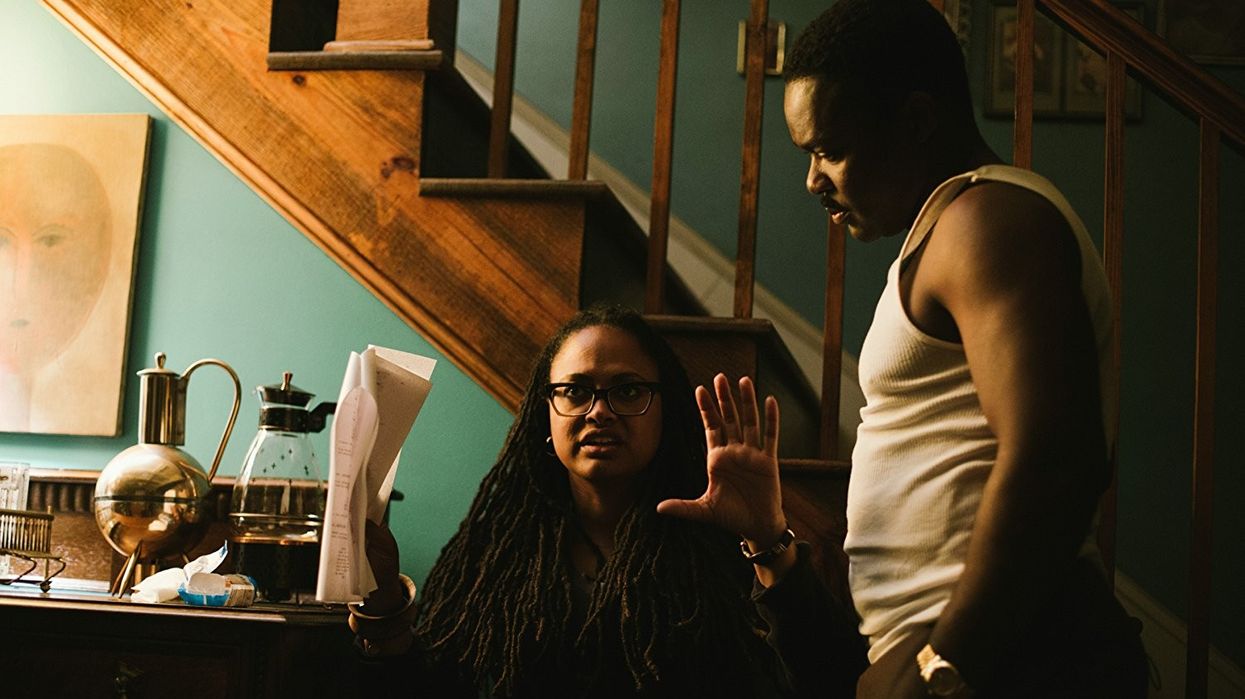Despite making her feature film debut just 10 years ago with her documentary This is the Life, Ava DuVernay has become one of the most exciting filmmakers to watch. The Compton native was not only the first black woman to win the Directing Award at the 2012 Sundance Film Festival for Middle of Nowhere, but she was also the first to receive nominations for a Best Director Golden Globe and a Best Picture Academy Award for her 2014 film Selma.
These illustrious accolades are a testament to her unique brand of filmmaking, which prominently features people of color in leading roles in films about people and groups who have been marginalized throughout history, from activists during the Civil Rights Movement to young, black heroines of today.
There is so much to learn from DuVernay's body of work, and ScreenPrism offers up a great overview of the director's cinematic trademarks in the informative video essay below.
Like Akira Kurosawa, Alejandro González Iñárritu, and Ridley Scott, DuVernay became a feature film director late in life at the age of 32. She had worked as a marketer and publicist for 14 years before making the transition to directing, a move she credits to her mother who had changed careers later in life as well. As she explains in an interview with Essence Magazine:
She had the bravery and the courage to do it. Something in there, the mechanics of being able to watch her do it, know that it could be done, was actually fuel for me in doing it myself.
Ever since making her directorial debut in 2006, DuVernay has been picking up steam, receiving Oscar nominations, winning Emmy, BAFTA, and Peabody awards, and becoming the first woman of color to direct a (live-action) film with a budget over $100M with her most recent film, A Wrinkle in Time.

But whether she's helming a $200K film about a nurse losing her husband to the prison system or a $100M film about a young heroine traveling through time and space to find her father, DuVernay's stylistic and narrative trademarks remain the same. According to ScreenPrism, "you know you're watching a DuVernay film if..."
- It passes the DuVernay Test
- It features young, black, female protagonists
- It deals with the death of a parental figure
- Characters are stuck in a rut
- Characters are "marginally" framed
- There is a spacial distance between characters during confrontations
- There is a focus on faces
- There is a lot of low-light
- There is a focus on the prison system
- It celebrates artists and activists
- There are complex love/family relationships
- It spotlights historically marginalized groups
DuVernay creates films bursting with heart, humanity, and empathy. She shows us the world through eyes that aren't often given sight in the film industry, and when she does it, we not only see life through a different perspective but also we're reminded of our own humanity. It's a unique talent to possess: the ability to give an audience the chance to discover and reminisce at the same time.
Source: ScreenPrism













